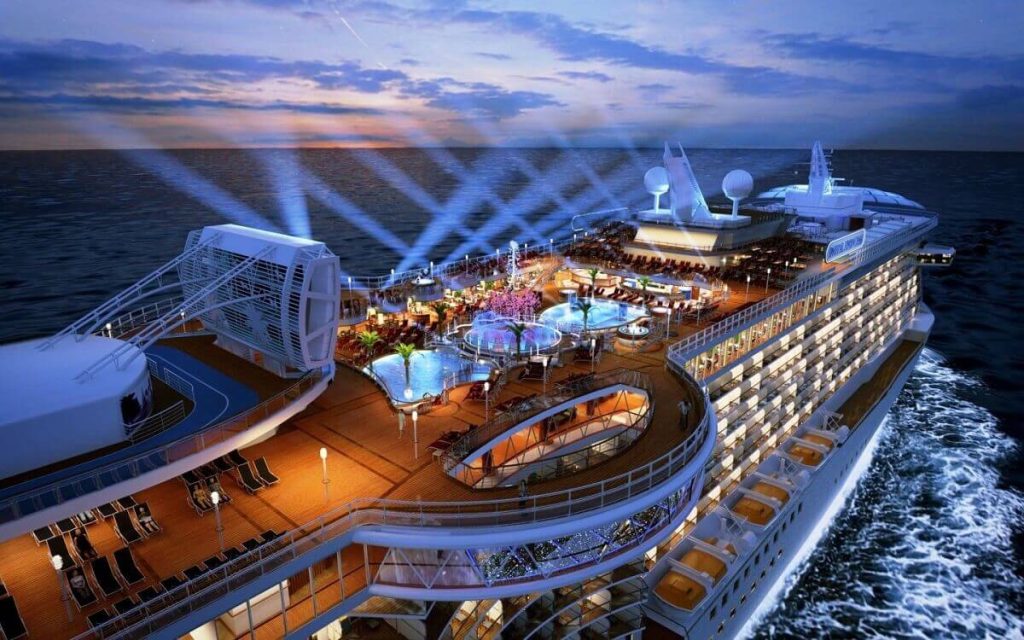From Rio's samba spectacle to Venice's masked elegance, explore 10 unique festivals that showcase human creativity, cultural diversity, and the universal spirit of celebration. Uncover…


La Romana, located in the southeastern province of the Dominican Republic, serves as a prominent municipality and capital, situated directly across from Catalina Island. La Romana ranks among the ten largest cities in the country, with a population of approximately 153,241 within its city limits as of 2022, and a metropolitan population of 270,000. The urban population is 149,840, whereas the rural population consists of 3,401 residents. The term “Romana” originates from “Bomana,” which was employed by the indigenous population to denote the current Romana River.
La Romana International Airport, inaugurated in 2000, functions as an essential access point for residents and visitors alike. The strategic location adjacent to other major cities, including San Pedro de Macorís and the national capital, Santo Domingo de Guzmán, improves its accessibility. The proximity enhances travel and promotes economic and cultural exchanges, establishing La Romana as a crucial hub in the region.
La Romana has developed into a growing tourist destination, drawing visitors with its selection of local resort areas. The beachfronts of Bayahibe and Dominicus, along with Casa de Campo, provide appealing retreats for travelers in search of sun, sand, and tranquility. The area is increasingly surrounded by golf resorts, appealing to sports enthusiasts and enhancing the city’s status as a premier vacation destination.
La Romana was officially established in 1897 as an oil town, but its economic landscape experienced a notable shift in 1917 due to the construction of a large sugar mill. This transition occurred concurrently with a global increase in sugar prices. The expanding sugar industry drew workers from various regions of the country and the Caribbean, prompting numerous families to move to La Romana in pursuit of economic prospects. The city’s swift expansion and advancement during this era established the groundwork for its subsequent prosperity.
In the early 1960s, Gulf and Western Industries, Inc. acquired the sugar mill and diversified its investments into the livestock sector, thereby strengthening La Romana’s economic foundation. The company allocated $20 million for urban redevelopment, focusing on the construction of schools, clinics, housing, and other critical infrastructure for employees. This investment period enhanced living conditions and stimulated additional growth and development.
In the mid-1970s, Gulf and Western initiated the divestment of its Dominican assets while concurrently launching a significant project aimed at transforming La Romana’s identity. The establishment of Casa de Campo, a prominent and exclusive tourist resort in the Dominican Republic, signified a transformative period for the city. This exclusive enclave, featuring exceptional amenities and picturesque landscapes, drew an international clientele, reinforcing La Romana’s status as a leading destination for luxury tourism.
Currency
Founded
Calling code
Population
Area
Official language
Elevation
Time zone
The Dominican Republic, located on the island of Hispaniola in the Greater Antilles in the Caribbean Sea, has an estimated population of over 11.4 million as of 2024. Covering 48,671…
Las Terrenas, an idyllic village located on the northeast coast of the Dominican Republic in the Samaná province, is an undiscovered treasure that enchants travelers with its breathtaking scenery, immaculate…
Puerto Plata, formally designated as San Felipe de Puerto Plata (French: Port-de-Plate), is a significant coastal city in the Dominican Republic and serves as the seat of the province of…
Punta Cana, a tourist town located in the easternmost part of the Dominican Republic, with a population of 138,919 according to the 2022 census. It was incorporated as the "Verón–Punta…
San Cristóbal is a dynamic city situated in the southern part of the Dominican Republic. The city functions as the municipal capital of the San Cristóbal province, situated in a…
San Pedro de Macorís is a dynamic city and municipality situated in the eastern part of the Dominican Republic. As the capital of its namesake province, it is among the…
Cabarete, located on the northern coast of the Dominican Republic, is recognized for its unspoiled beaches and active tourism industry. This coastal location is situated 18 kilometers from Puerto Plata…
Boca Chica is an intriguing municipality situated in the Santo Domingo province of the Dominican Republic. According to the 2022 census, the population is 167,040, comprising 104,951 individuals in the…
From Rio's samba spectacle to Venice's masked elegance, explore 10 unique festivals that showcase human creativity, cultural diversity, and the universal spirit of celebration. Uncover…

While many of Europe's magnificent cities remain eclipsed by their more well-known counterparts, it is a treasure store of enchanted towns. From the artistic appeal…

Millions of visitors come to Spain annually because of its vibrant culture, fascinating past, and amazing scenery. Still, the real spirit of Spain is found…

Home France is recognized for its significant cultural heritage, exceptional cuisine, and attractive landscapes, making it the most visited country in the world. From seeing…

Boat travel—especially on a cruise—offers a distinctive and all-inclusive vacation. Still, there are benefits and drawbacks to take into account, much as with any kind…

© All Rights Reserved. By Travel S Helper